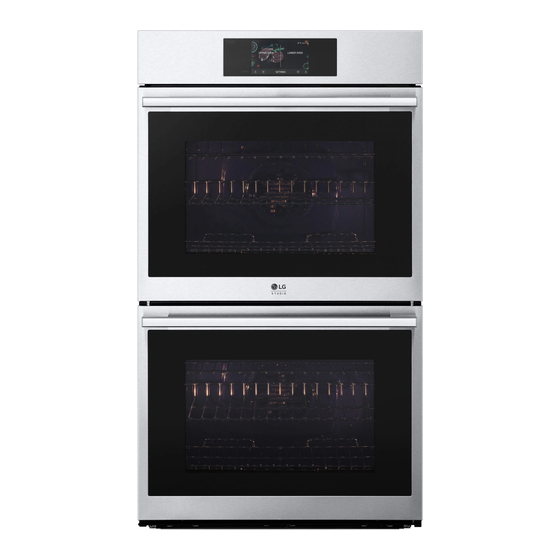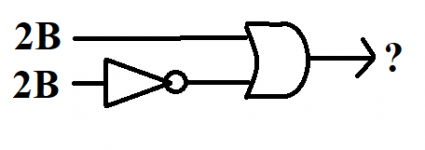Installing a double oven for a new kitchen. LG WDEP9427. Install manual says it requires a 50amp breaker with 10g wire. Oven draws 42.5 amps. I planned on running a 6awg based on 42.5x1.25= 53.125a. Anyone want to fill me in why the manual calls for 10s?

 www.manualslib.com
www.manualslib.com

Electrical Requirements; Making Electrical Connections - LG PrintProof WDES9428 Series Installation Manual [Page 12]
LG PrintProof WDES9428 Series Manual Online: electrical requirements, Making Electrical Connections. Ensure That Dedicated Circuit Protection Is Prepared As Recommended And That The Appliance Is Grounded Properly. • This Wall Oven Must Be Electrically Grounded In Accordance With Local...



